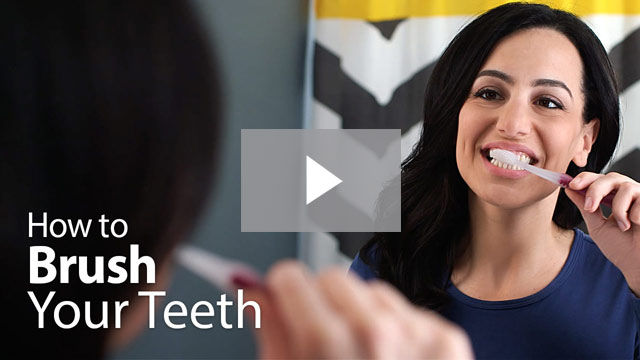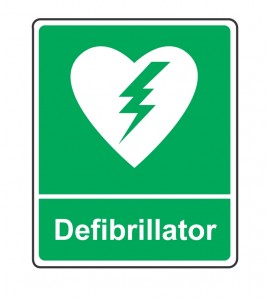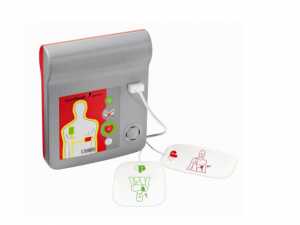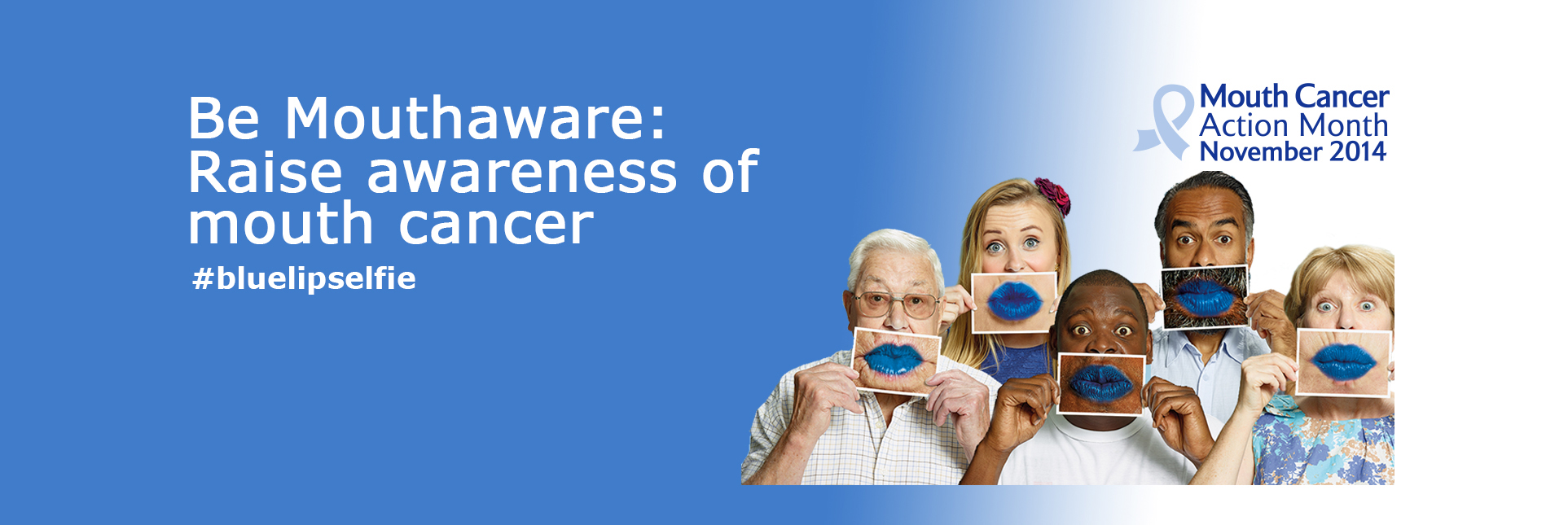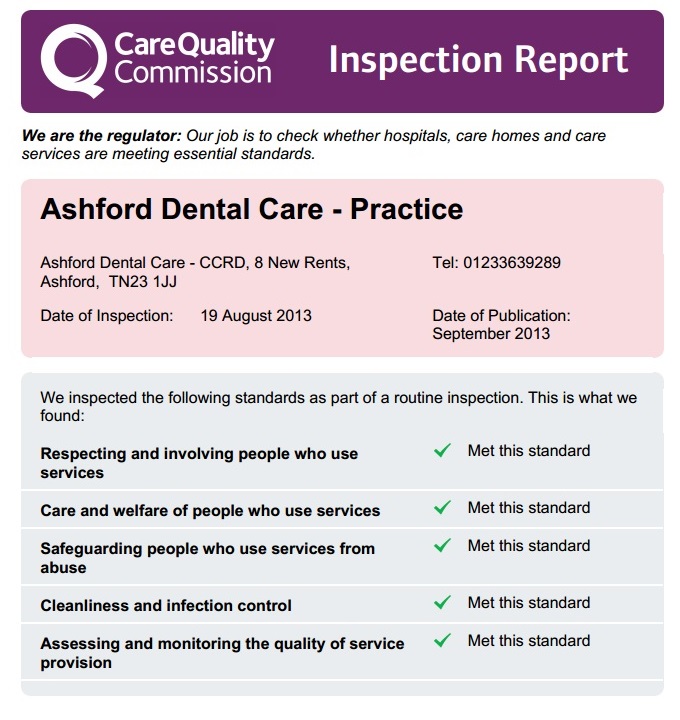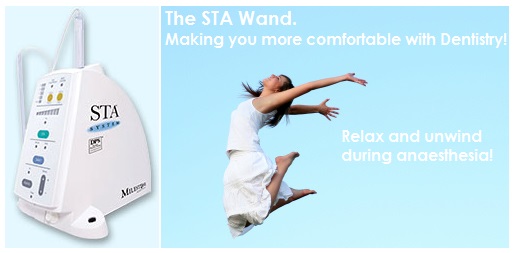Icon treatment
We were recently contact by a representative from DMG regarding their product call Icon.
The product was originally developed for treating interproximal caries, (decay between the teeth to me and you)
however they noticed that is also had more of a cosmetic use as well.
Many people including myself have white spots on their teeth. Mine, I have no idea where it came from I’ve just always had it and was a bit of a clumsy child so just assumed it was trauma and there wasn’t much to be done about it unless I wanted a veneer or filling.
My tooth is healthy therefore drilling a healthy tooth seems somewhat wrong.
The cosmetic use is for vestibular treatment, therefore it can be applied directly to a white spot to change how light reflects on the defect therefore diminishing the appearance of the white spot. I basically wanted to try this to improve my white spot and considering mine was pretty large and very milky in colour, it made the rest of my teeth seem very yellow. Below is a photo of my front teeth prior to the treatment.
The procedure is as follows
- A mouth prop is placed to retract the soft tissues of the mouth, a rubber dam barrier between the tooth and the soft tissues is placed. This stops any of the products coming into contact with the soft tissues of the mouth.
- The Icon Etch is then placed on the tooth area and left for two minutes, until rinsed off and the tooth is dried, this process may be repeated 3-4 times depending on how deep the defect is within the tooth. Air abrasion may also be used to gain better access before etching. In my case air abrasion was used.
- Once the defective area is exposed the Icon dry is placed to see if the tooth has been etched enough. If the defect is non visible then it is time to place the Icon Infiltrant and to let set for 3 minutes. If not then the etch process may be repeated.
- Then the tooth is highly polished, additional composite material may need to be applied depending on how deep the defect was.
After this process which took around an hour including the polishing of the tooth surface. The results straight after the treatment are shown below.
![]()
I was very pleased with this result, however the full effect of the product does not show until 2 weeks after, where it is recommended to give and secondary tooth surface polish. During this two week period it is not recommended to whiten the teeth as the product may take up staining. ![]()
As you can see this is quite a dramatic change and did not require any filling material to smooth the surface.
This is a great result to book in for a consultation please call us on 01233 639289
Taking the Stress out of Dental Treatment, Anxious and Phobic Patients Welcome
We all know visiting the dentist can be daunting for most people but we also understand how terrifying it can be to those of us who have had traumatic experiences in the past and therefore lost faith and trust in healthcare professionals. Professionals are the people who you should have faith in.
That’s exactly what we at Ashford Dental Care train and work hard to be every day. Professional.
We source new ways to put our patients at ease, to educate, and implement them as part of our integrative approach to dentistry.
In this blog I will summarise a few of the articles on our website and highlight the key points.
Overcoming fear and anxiety can be difficult and taking that first step is daunting. Dear Doctor explains just how to develop a trusting relationship with the right dentist.
- Firstly the key points to consider when selecting the right dentist
- Discussion and Openness -Does the Dentist engage open discussion about treatment and options?
- Listening- Does the dentist listen to you in a non-judgemental way, understanding your fears and concerns?
- Control- Does the dentist let you decide and give you control over procedures and time to make informed decisions?
If the dentist does then you are more likely to feel comfortable with them as it is an open relaxed non pressured environment. If there is still stress or fear there are other methods to help which will be discussed later. It is about working to reduce your fear rather than simply fixing the teeth.
Making patients more comfortable is important because when you are stressed and afraid you behave differently whether it is consciously or unconsciously. Fear also means you release chemicals such as adrenaline which engages a flight or fight response; you perceive a threat and therefore react. You tense your muscles and are likely to experience sensitivity to pain making the experience worse than if you were calm.
So.. How do we alleviate the fear and keep our patients calm
• Oral sedatives
• Inhalation
• IV sedation also known as Deep conscious sedation
Oral sedatives are drugs that you take prior to visiting the dentist; they are anxiolytics with some amnesic properties. They allow relaxation and time to pass in minutes.
Inhalation or as it is otherwise known nitrous oxide/ laughing gas is an excellent analgesic (pain reliever) and give a euphoric feeling, however not as effective for relieving anxiety and effects only last whilst you are breathing in through the hood. It also has no hang over effects.
IV sedation, dental professionals need specialised training to offer this option. It works immediately and the levels can be adjusted easily to reduce pain and anxiety. It is a slightly high risk option as heart rate; breathing and blood pressure have to be monitored throughout. The drugs are more effective due to the IV going directly into the blood stream; therefore amnesia of dental treatment while sedated is often profound.
Things to consider if you require conscious sedation
It is important that your dentist discusses which of these apply to your situation.
• Disclose all medications, including over the counter, or any herbal remedies that you are taking. Even some herbal medications like St Johns Wort can cause drug interactions.
• Provide a concise medical history.
• Be prepared to take a day off of work, certain procedures can take half a day at least.
• Do not drive yourself to and from treatment and bring a family member with you. Sometimes the after effects can last a few hours after treatment.
• You may not be able to eat 6 hours before depending on advice from dentist. Certain foods may not be eaten such as grapefruit days prior to sedation as they interact with oral or iv sedation drugs.
• Tell the dentist about your alcohol intake or if you smoke.
• Stay hydrated.
For more information please read the articles in our sedation and phobic patients sections by clicking here
We want all our patients to feel safe and comfortable in our surgery, if you wish to discuss sedation techniques book in and visit us for a treatment plan and chat and we will work with you to decide the best course of treatment for you and at your own pace.
Book online with one of our experts to check how well you Brush your teeth
According to recent studies many of us don’t brush our teeth properly.
Sadly research also suggests poor oral health doesn’t stop at the mouth, it can be linked to heart attacks, a stroke, and some forms of cancer. Therefore I have put a blog together to highlight which areas we can all improve of brushing and oral health regimes.
Firstly which brush is best?
Generally it is technique, and many will say that there is not much difference between a manual and electric toothbrush. However an electric toothbrush does take the effort out of brushing in the morning, some studies suggest it can be 45% percent more effective, but this is likely to the brush head moving at a consistent speed and the inbuilt timer makes you spend that extra time brushing so also have pressure sensors that let you know when you are brushing too hard. Electric toothbrushes come in two forms, sonic waves such as the sonicare, others work with a mixture of oscillations and pulsations such as Oral B. Generally most people leave it to a matter of choice.
Manual brushes the recommendation is a soft brush with a small head.
How to brush?
Using small circular movements over each tooth, starting with the outward faces then on the inside faces.
The holding the brush like a pen, angle it at 45 degrees, tilting it slightly upwards when brushing the upper teeth, tilting slightly downwards when brushing the lower teeth with the brush gently touching the gum.
Finally brush the biting surfaces.
What is important to consider is that you do not want to be brushing too hard as this can cause trauma to the gums and abrasion, therefore the gums will recede and this will cause sensitivity. This is why Professor Aubrey Sheiham of University college London suggests holding the toothbrush like a pen so that you don’t over brush as you would if you gripped it with your hand. For more information on the study it can be read here
You should be brushing for 2 minutes twice daily if not more, that’s 30 seconds per quadrant, any more could also lead to abrasion and gum recession.
They also suggest you do not rinse your mouth after brushing instead leaving fluoride on the teeth to maximise the benefit of fluoride. It is also recommended that you wait 40 minutes to 1 hour after eating to brush so allow PH levels in the mouth to neutralise particularly after eating acidic food.
Below is a link to a video that shows you how to brush
International Happiness Day
It’s the 20th March and this not only means there is going to be an eclipse, it’s the start of spring. But also it is International happiness day, where people all around the globe get together to create happiness to spread across the planet.
Visit the page below to download your happiness pack to see who you can get involved and view just how many people have pledged to spread happiness.
http://www.dayofhappiness.net/involved
Within the pack they have suggested ways to bring you happiness:
1) Doing something for someone else- Research would suggest kindness to others increases our levels of happiness as well as others. When someone is kind to you pass it on, pay it forward.
2) Volunteer time, energy and your skills- Volunteering provides a positive contribution to creating happiness in others. Gets you out and about and meeting new people therefore increasing your own happiness.
3) Get to know your neighbours- Getting to know others creates a sense of belonging to a community and creates happiness for the neighbourhood
4) Understanding needs- Communication is key for all relationships, both being able to hear and be heard will strengthen connections and relationships with the people around us.
5) Look for good in people around you- Rather than criticise those around look for the good in people and bring to light the things we value and appreciate in each other
They’ve also put an image together for 10 ways for happier living.
Happy New Year 2015
State of the art Defibrillator at our Practice
Every year we close the practice for an afternoon so that we can receive training in the event of a medical emergency in the practice.
This is a legal requirement for all dental practices and continues our professional developement and keeps us up to date with the current legislations and equipment that we need in the event of an emergency.
Over 1 year ago this update sparked us to get a defibrillator on site. This is because every second counts in event of an cardiac arrest.
After a cardiac arrest every minute without Cardiopulmonary resusitation (CPR) and defibrillation reduces the survival rate by 10%. http://www.bhf.org.uk/heart-health/nation-of-lifesavers/applying-for-a-defibrillator/public-access-defibrillators.aspx
“Of the 150 000 sudden cardiac arrest that occur in the UK, more than 75 000 might have been saved if an AED had been available in the first few minutes.
The person that collapses in the work place is most likely to be a witnessed arrest. In this case early defibrillation would increase survival rates from less than 5% to more than 50%. “
Below is an image of our defibrillator unit which we all received training on how to use. Its a piece of kit we hope we never have to use but wouldn’t want to be without in the event of an emergency.
Generally it is a good idea to be aware of CPR and how to do it correctly.Below is a link to the nhs choices page detailing what to do.
http://www.nhs.uk/Conditions/Accidents-and-first-aid/Pages/CPR.aspx
Mouth Cancer Action Month – Regular Examinations are a must
Its back. Winter is well and truly here and November is upon us, therefore it is time for Mouth cancer action month.
They have a new marketing campaign, that shouts “if in doubt get checked out” It may not be the most eloquent tag line but it does tell you exactly what you should do if you have any concerns within your mouth.
You may have heard about the ice bucket challenge that has swept across social media sites and the news, mouth cancer awareness are encouraging you to take blue mouth selfies and donate. You can do this here. http://www.mouthcancer.org/bluelipselfie/
However the campaign also promotes awareness and patient education, and explains how to minimise the risks of getting mouth cancer. We all know prevention is much better than cure but early diagnosis is vital with mouth cancer. No one likes the possibility of unfortunate news but getting it checked if you do have concerns with a doctor or dentist is honestly the best thing you can do, if it is something sinister then unfortunately it won’t go away on its own without treatment. If it turns out to be nothing sinister then you have the peace of mind and relief rather than worrying and it weighing heavily on your mind. We all would like a stress free life.
Below I will use the campaign information to act as a simple basic guide.
WHAT SHOULD I LOOK FOR?
Mouth cancer can occur in a number of places including the lips, tongue, gums and cheeks. The signs and symptoms are ulcers that do not heal within three weeks, red or white patches in the mouth or any other unusual lumps or swellings. If you are concerned or notice any of these then we urge you to contact your doctor or dentist immediately.
WHAT CAUSES MOUTH CANCER?
The listed causes of mouth cancer are.
- Smoking: 75% of all mouth cancers are caused by excess smoking.
- Alcohol Consumption: Excess alcohol consumption can increase mouth cancer by four times.
- Smoking and drinking: If you smoke and drink in excess you are 30 times more likely to develop mouth cancer.
- Diet: An unhealthy diet can lead to mouth cancer.
- Sunlight: Over exposure to sunlight can cause cancer of the lips.
- Human Papillomavirus (HPV): This is a sexually transmitted infection increasingly being linked to mouth cancer in young people.
WHAT IS MOUTH CANCER?
- The disease effects lips tongue cheeks and throat.
- There are approximately 6500 new cases every year.
- Anyone can get mouth cancer, more common in people over 40, in particularly men.
- However it is becoming more common in younger patients and women.
- Mouth cancer cases have trebled in the last decade and experts expect this figure will rise in the future.
WHAT CAN I DO TO REDUCE THE RISKS?
- Visit the dentist regularly: 6 monthly or as specified with the dentist. Make sure you talk to your dentist and ensure they are doing these checks.
- Self examination: Look for any of the signs or symptoms above as well as any changes in the mouth.
- Sun Screen: Use sun screen as protection from the sun.
- Diet: A healthy diet rich in Vitamins A, C and E provides protection against mouth cancer.
- Cut Down: Reduce alcohol consumption and smoking. If possible quit altogether.
Below is a link for peoples stories and how they have beat mouth cancer, showing that it is treatable given early detection.
http://www.mouthcancer.org/mouth-cancer-voices/
Any other concerns please contact us or your local GP for advice on 01233 639289.
Our CQC result
You may have heard about Care homes and Hospitals in the news failing certain aspects of patient care and the Care Quality Commission investigating them and helping them to improve patient care.
What you may not realise is that dental practices are also regulated by the CQC as well.
We have to adhere to outcomes relating to consent and care of our patients as well as ensuring safe environment for staff and patients to work in.
We had our most recent inspection on the 19th August 2013 and were very pleased with our great result.
The team work hard everyday to ensure that keep up the good record and also look for ways to improve.
We passed each of the standards set out and were thrilled that all our hard work had paid off. Below is a summary image of the standards and criteria we are assessed on.
To view this report in full click the link below
Meet our Magic Wand
“The Wand Single Tooth Anaesthesia (STA™) System is the first computer-controlled local dental anaesthetic machine “
http://tcz.d-p-s.uk.com/index.php?option=com_content&view=article&id=481&Itemid=237
At our practice we use the Wand, a revolutionary new way of delivering anaesthesia. Its syringe free and gives a supply of anaesthetic in a more comfortable manner than traditional methods. We want our patients to be comfortable as possible during treatments. It is also less frightening that conventional syringes so reduces our patients anxiety levels. This is something we address on a daily basis to improve, we don’t want our patients being unneccessarily distressed or anxious.
We want numbing a patient to be less traumatic and a more pleasant experience. Most people think it is the needle itself that causes the discomfort. In fact it is the flow of the anaesthetic into the soft tissues, as the flow is more controlled and localised to a single tooth the level of discomfort is minimal. This is great for those of us who are needle phobic or those who gernerally want a more pleasant experience.
As the wand flow rate is controlled by a computer at a constant pressure and adjusts itself automatically depending on the density of the soft tissues. This means that the onset of anaesthesia is faster, localised and results in less surrounding tissue damage as with traditional syringes. The computer system guides the dentist as the anaesthetic is delivered therefore greater accuracy is achieved and there is less collateral numbness in the surrounding areas.
It also makes those palate injections less painful and more comfortable. This area can be usually quite painful due to the tissues being dense and less elastic.
We are constantly finding ways of improving our patients experience with us and we are very excited to be introducing this to our patients! We hope you all think the Wand is as magic as we do!
For further information and a brief video visit


